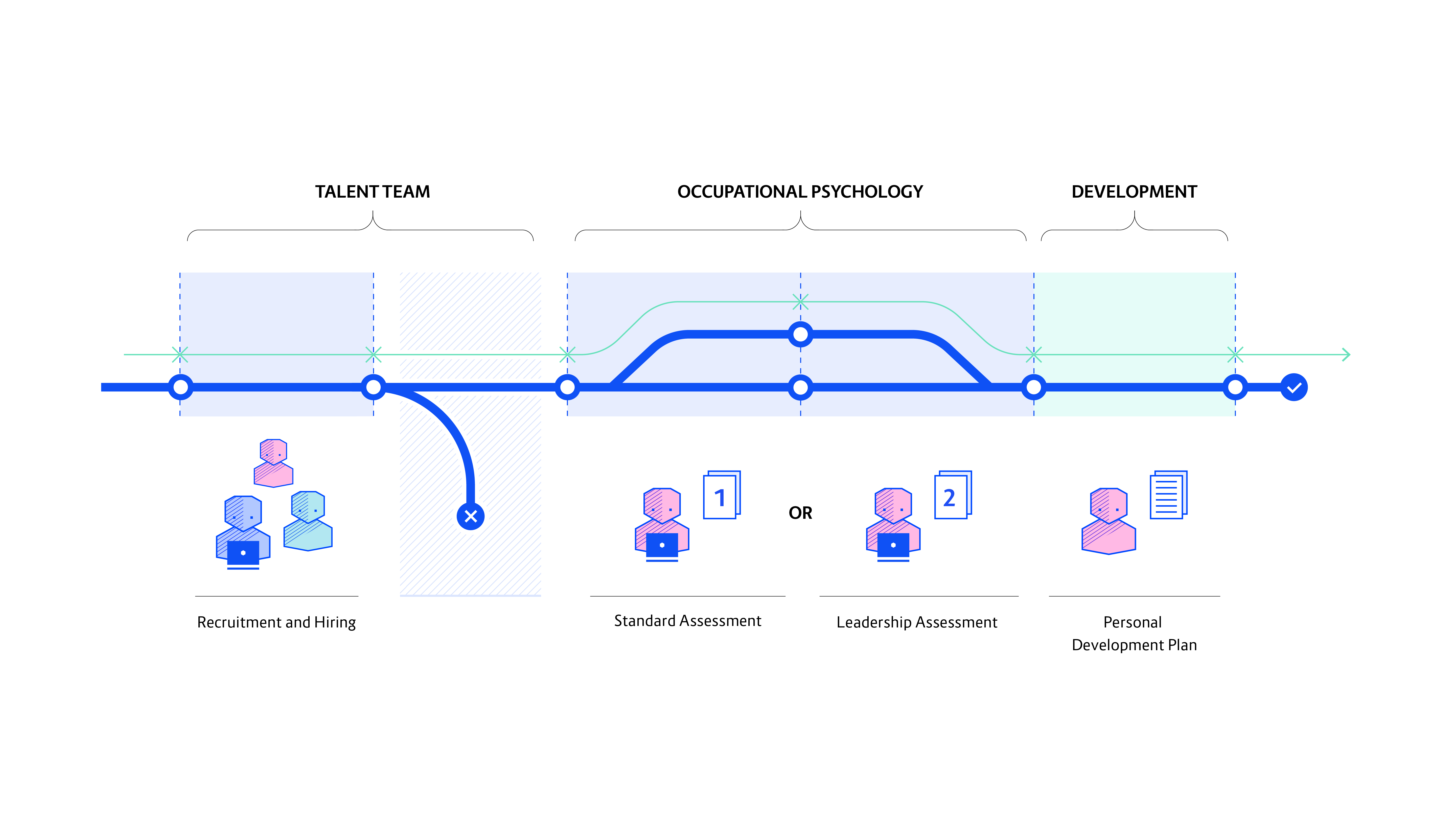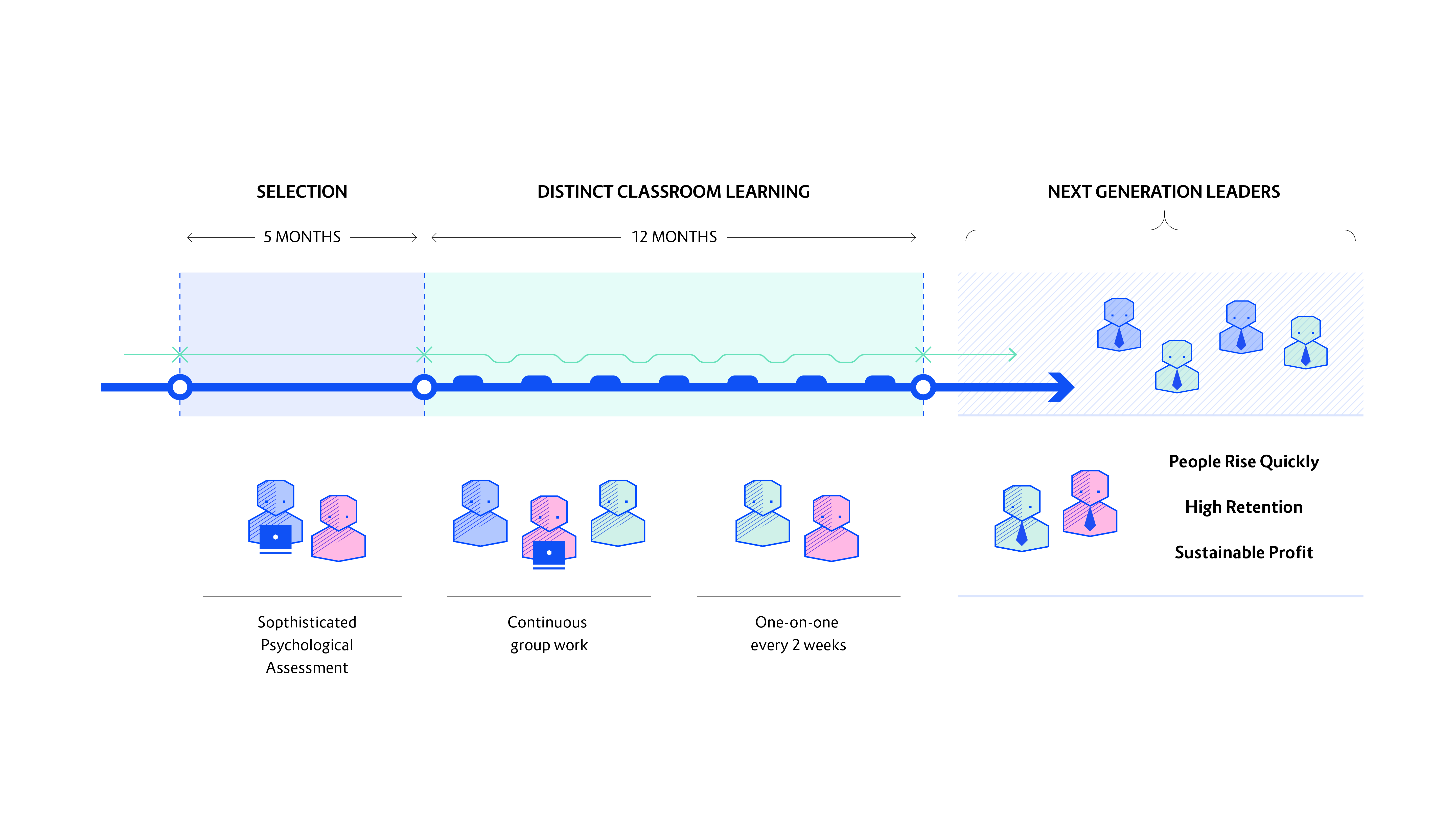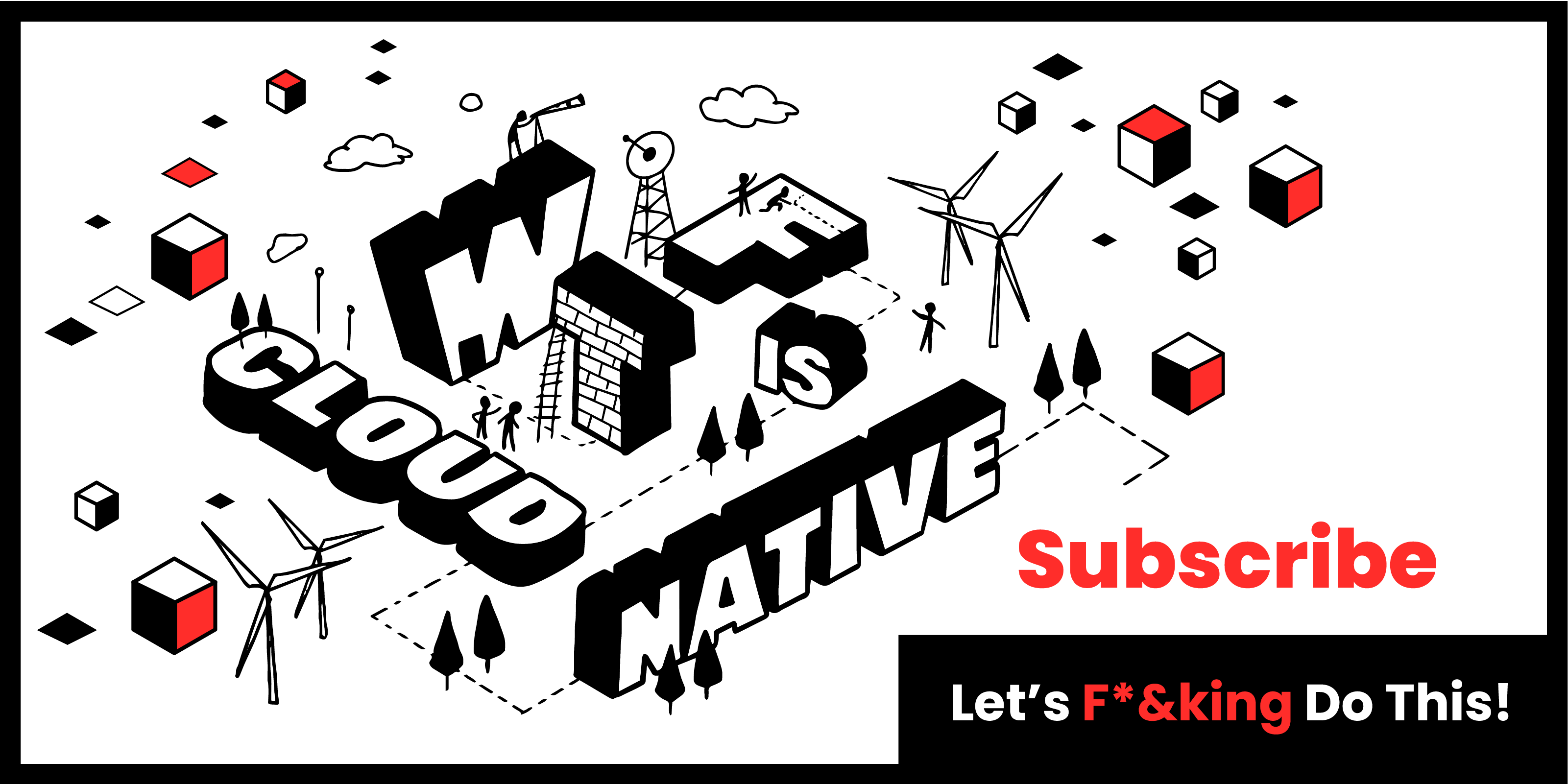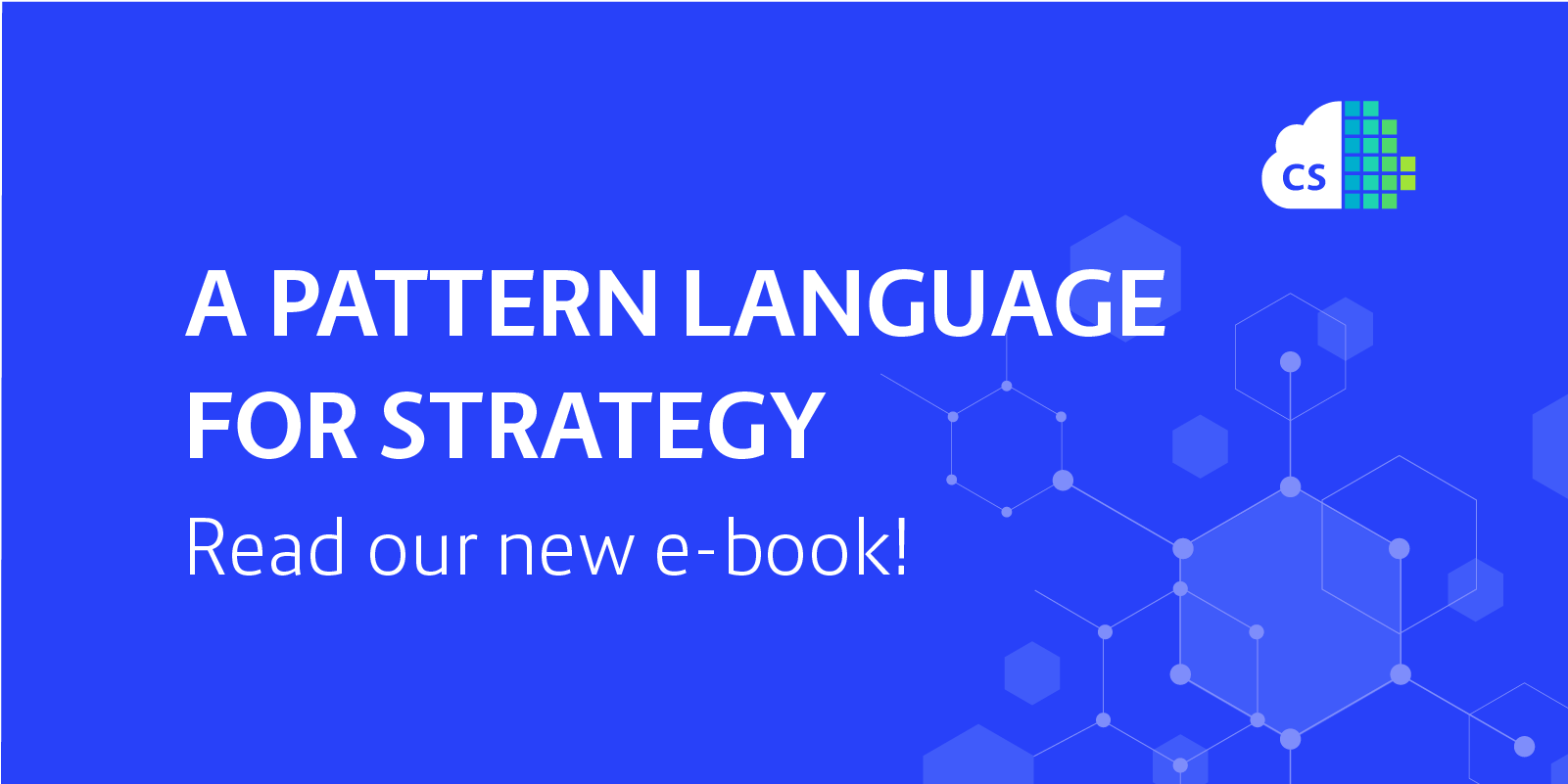You may be wondering, what is the relationship between high-performance organisations and Cloud Native? It’s quite simple, really. Cloud Native is a sociotechnology, meaning it encompasses technical elements, like containers and Kubernetes, social elements, like strategic leadership, and sociotechnology elements, such as microservices.
For some organisations, Cloud Native is an enabler of high performance. For other, already high-performing organisations, Cloud Native is a natural next step.
In this blog post, we’ll look at the four areas of high performance that we care about and, importantly, we’ll try to understand why each element must be optimised together and never on its own. In understanding this, along the way, we’ll learn about Cloud Native—and why it doesn’t lend itself to simple, cause-and-effect analysis.
What Do We Mean by ‘High Performing’?
A high-performing organisation is one whose results are better than similar companies for a sustained period of time. This means that high performance can only be judged in retrospect and over a period of years. In the short term, high performance can be—and often is—faked.
High Performance Is Holistic
High performance emerges from an interrelated set of activities. This means it cannot be easily broken down into individual activities that can be tweaked, controlled, and measured. In fact, trying to do this tends to chase high performance away.
For example, we know that the quality of people in a firm is a key element of high performance.
To focus solely on people as the variable to control, however, is a mistake. Even though this is a common approach, it rarely leads to high performance. Instead, it leads to organisations chewing up and spitting out lots of good people.
If high performance could be achieved by throwing great people together, then the world would be full of outstanding teams. Instead, performance is achieved by hiring great people and then supporting them through management practices, continuous improvement, and a business model that continually produces profits.
The key point here is that high performance doesn’t lend itself to simplistic, linear thinking. But it does lend itself to systems thinking, which teaches us that the elements of high performance must be jointly optimised—i.e., improved together and at the same time. What are these elements that need optimising?
The Four Elements of High Performance
The four elements are:
- Continuous Improvement. High-performing organisations improve all the time. They do this through stepwise changes and innovative leaps.
- Openness and Action Orientation. People who work in high-performing organisations don’t waste too much emotional energy maintaining a facade. Instead, people can be themselves and share their concerns and insights openly. A high-performing organisation habitually changes insights into actions.
- Management. In a high-performing organisation, management is a competitive advantage and looks more like what you’d see in New Zealand’s national rugby team, the All Blacks, than in a Dilbert comic.
- People. High-performing organisations have high-performing people in them. Specifically, the people are both resilient and flexible, capable of drawing on cognitive abilities such as creativity to solve their work problems.
For those of you aspiring to become high-performing, whether through a Cloud Native transformation or not, you must be able to change these four, very vague elements into concrete practices and processes. If not, you are simply paying lip service to high performance.
Principles into Processes
One example of translating a principle into a process comes from software development. Software teams who value feedback use techniques such as blameless postmortems and automated testing.
Another good example comes from Pixar. Pixar values collaborative creativity and therefore created a process they call the brain trust. (I’d like to add that Container Solutions has adapted the brain trust for use internally and within Cloud Native transformations and system development.)
Let’s look at each element and some of the things we do here at CS.
Right-Sizing Your Continuous Improvement System
If you value continuous improvements, you need a process for them. When we started Container Solutions, the process for improving was simple: We met, figured out what needed improving, and improved it. This may seem rudimentary, but it’s mind boggling how many firms know what’s wrong but don’t do anything about it.
The key here is to create a process that helps embed the habit of turning insights into action. Remember, the sole business rationale for Cloud Native technologies is to change insights about your customers’ behaviour into new, revenue-generating features of your software products.
As Container Solutions grew, figuring out what needed to be improved became more complex. For example, once we had figured out what we wanted to work on, we then had to align our actions with a much larger group. These new constraints led us to creating Hermes, a framework for strategic execution. Hermes works for us right now, at our size, and works very well for our customers, too. It’s an example of right-sized process. The trick to a continuous improvement framework is making sure it matches where you’re at as a company.
Openness, Action Orientation, and Psychological Safety
Openness comes when you treat each other right. An excellent starting point for becoming more open, then, is to sit down and work out what is blameworthy and what is praiseworthy. At Container Solutions, we have adapted the work of Amy Edmonson, a professor of leadership and management at Harvard Business School.
Edmonson’s spectrum of reasons for failure, ranging from the blameworthy (breaking the law) to the praiseworthy (an experiment that expands knowledge but doesn’t lead to the desired result) gives us a framework for understanding failures that we use at Container Solutions in retrospectives and in our one-on-ones. We also teach this to our clients.
By treating failures appropriately, you can create an environment where failure is used as an opportunity to learn. This is important because organisations learn more from their failures than they do from their successes.
Psychological safety, the certainty that you won’t be punished for speaking up, is required to foster openness in your organisation’s people, and safety comes from treating failures appropriately. The appropriate response—blame, praise, or something in between—comes from good judgment. Good judgment arises from what we learn from our previous bad judgment—in other words, from our mistakes.
In short, safety leads to improvements. Applied consistently over time, this leads to high performance. This is a crucial cornerstone of Cloud Native since the quality of the insights that must be changed into actions depends on how much and how quickly an organisation is learning.
Management: Getting the Best from Everyone
Management is the glue that keeps an organisation together. In a high-performing organisation, a good manager uses all their skills to get the best out of themselves and those around them. They coach. They nudge. They create life-affirming processes. Through this work, good managers create trust.
In What Makes a High Performance Organization, Andre de Waal captures how a manager does this:
[High-performing organisation] managers create trust among their employees by displaying behaviours such as: being honest and forthright, showing respect, listening, learning, asking for help, showing trust themselves, and in general exhibiting elemental fairness.
We partially achieve this at Container Solutions though two techniques:
- For those in management positions, we use a wide array of psychological tools. These include 360-degree feedback and psychological evaluations. The point here is to weed out those behaviours, such as not listening (being too dominant) that kills performance.
- As set out in Hermes, we set goals collectively. This process helps create transparency around decision making and brings us closer together as we track success and failure as a group.
Aside from these two, in my opinion, the most important thing we have to keep doing is to reframe what we think management is. According to De Waal, management is the number one factor in high performance.
Many companies that reject management inadvertently recreate the same power structures they claim to hate. In doing this, they create de facto managers, hidden structures and therefore, a lack of clarity. This leads to toxic behaviours such as office politics, bullying, passive aggression, and cliques.
People: Selecting for ‘Bouncebackability’
Just because failure is a good teacher, it doesn’t mean it feels nice. This is why resilience and flexibility are important character traits of those who work in a high-performing organisation. Together, resilience and flexibility are the ingredients of ‘bouncebackability’.
Bouncebackability is about recovering quickly from setbacks, and being willing to tackle the same problems again, but from a different angle. Therefore, if the high-performing organisation embraces failure, it must also embrace people who can learn and come back from such failures.
At Container Solutions we do two, interrelated things. The first one is around hiring. We have a team of occupational psychologists on staff. One of their tasks (in conjunction with the hiring team) is the continual improvement of the hiring process so that it continuously gets better at selecting people for bouncebackability. The second is the design and improvement of our development programme. Let’s look at each.
Hiring
During the hiring process, we screen for bouncebackability. This is done with psychological evaluations. Those applying for a leadership position have extra tests that focus specifically on stress management.
Candidates don’t have to be the finished product, far from it. But if they are lacking skills in bouncebackability, both CS and the candidate needs to know about this so we can work on it. The thing we're actually looking for is those who have, or can develop, bouncebackability.

Development Programme
For those who have been at Container Solutions for more than a year, there is an opportunity to take bouncebackability to another level by joining the development programme.
This programme starts with a rigorous selection process that tests the candidates’ readiness; to follow the programme too early in their development would be counterproductive. The programme itself is made up of classroom learning, one-on-one coaching, and group sessions.

Conclusion
The aspects of high performance can be discussed separately but they have to be implemented and optimised together. A great bunch of people won’t spontaneously manage themselves and therefore won’t begin to continually improve. A culture where people treat each other magnificently won’t spontaneously stretch themselves to new heights.
If you are to become a high-performing organisation, all four elements we discussed here have to be worked on at once. For example, when CS started, we had a couple of good people and an improvement process. From that, we were able to create a culture of respect. We then started to filter candidates for bouncebackability whilst simultaneously attracting new members to our ‘tribe’.
Through the Hermes process, management got better and better and, therefore, retention stayed high—up until the end of 2018, our retention rate was 97%. (That 3% turnover rate is a big improvement on the 13% rate in the tech industry revealed by a LinkedIn survey last year.) From a deep understanding of our business model, our group could make more effective improvements and thus, over time, the whole system became sustainable.
This joint and continual optimisation is the secret to both high performance and success with Cloud Native. Cloud Native is made up of nine discrete elements. Each one must be advanced in lockstep with the rest. This is because, just as you can’t hire the best people to become high performing, you can’t ‘containerise everything’ to become Cloud Native. If only life were that simple…
I hope you enjoyed this blog post and got insights into both Container Solutions and how we help companies to become Cloud Native. All feedback is welcomed. I hope you’ll return soon when I’ll be doing a deep dive into a specific element of our work: motivation.
Don't forget to check out our Hermes whitepaper below, a strategic execution toolkit to help organisations move fast without breaking everything.




 Previous article
Previous article
